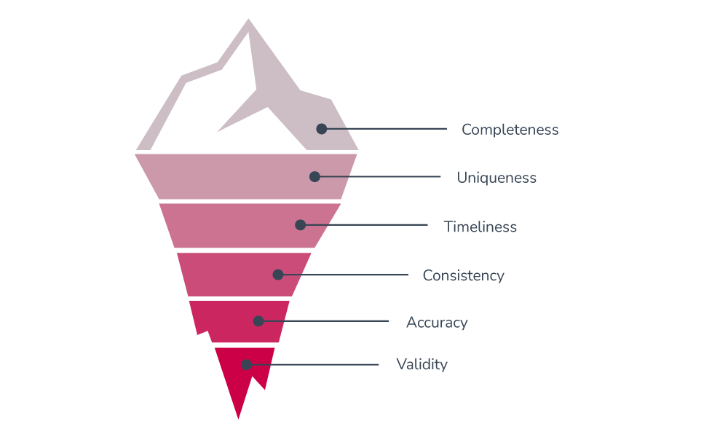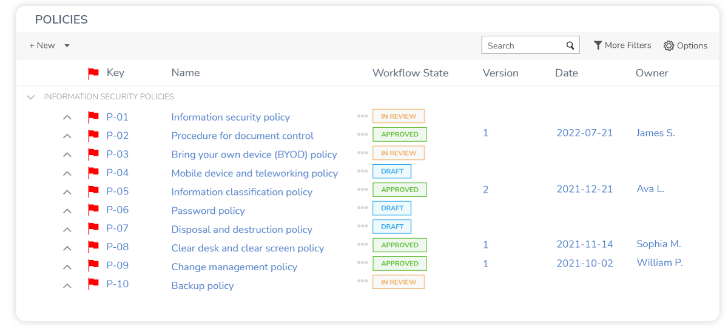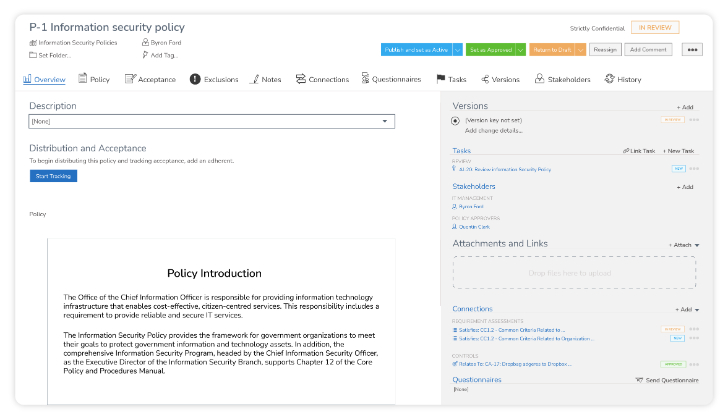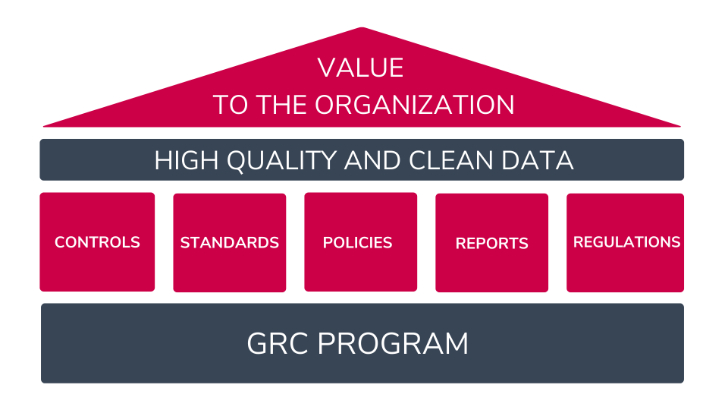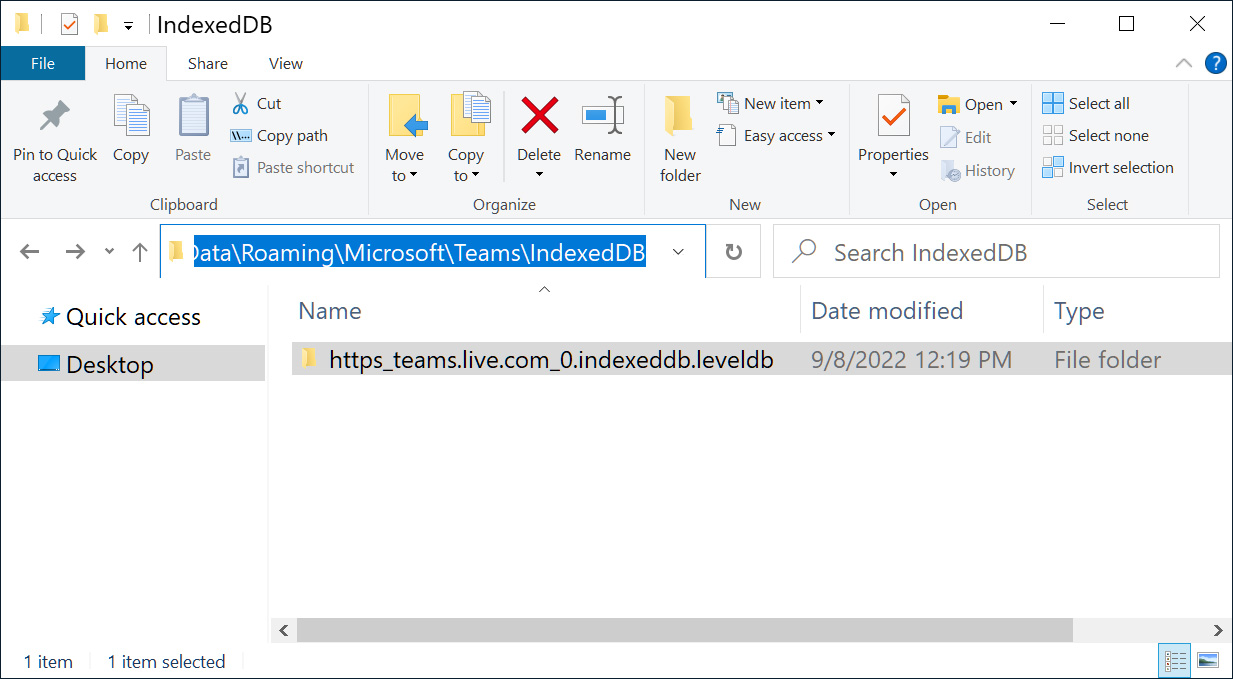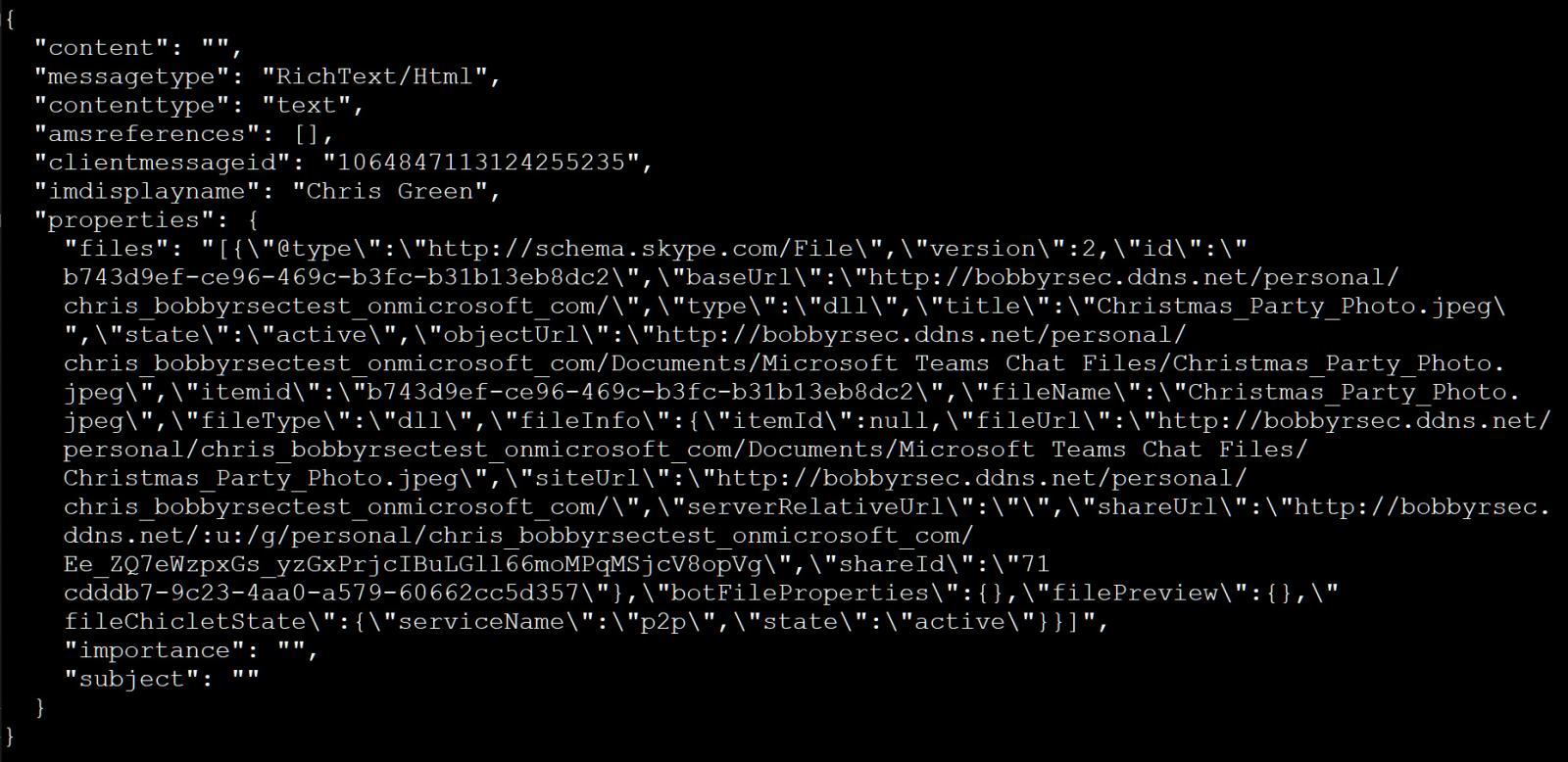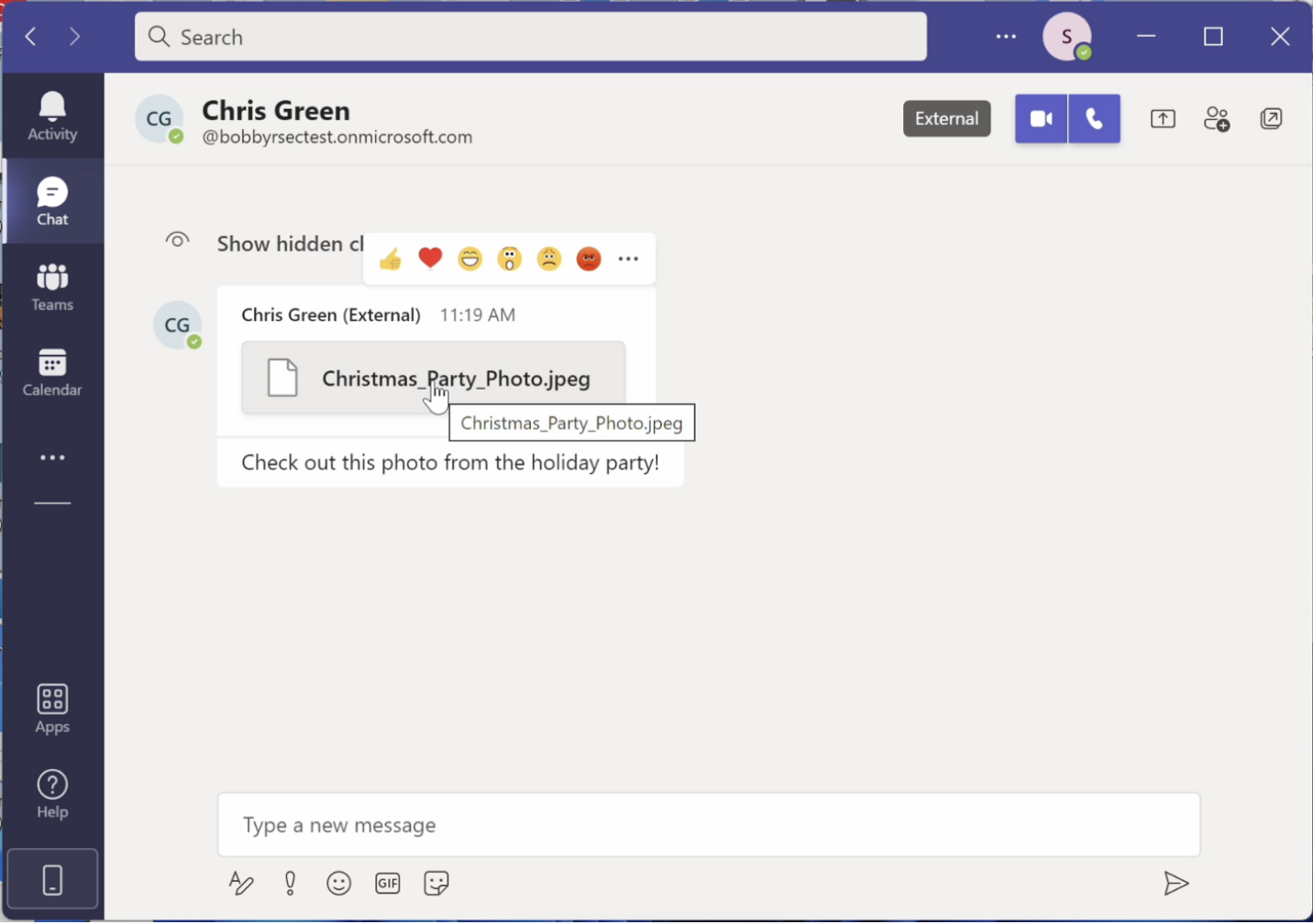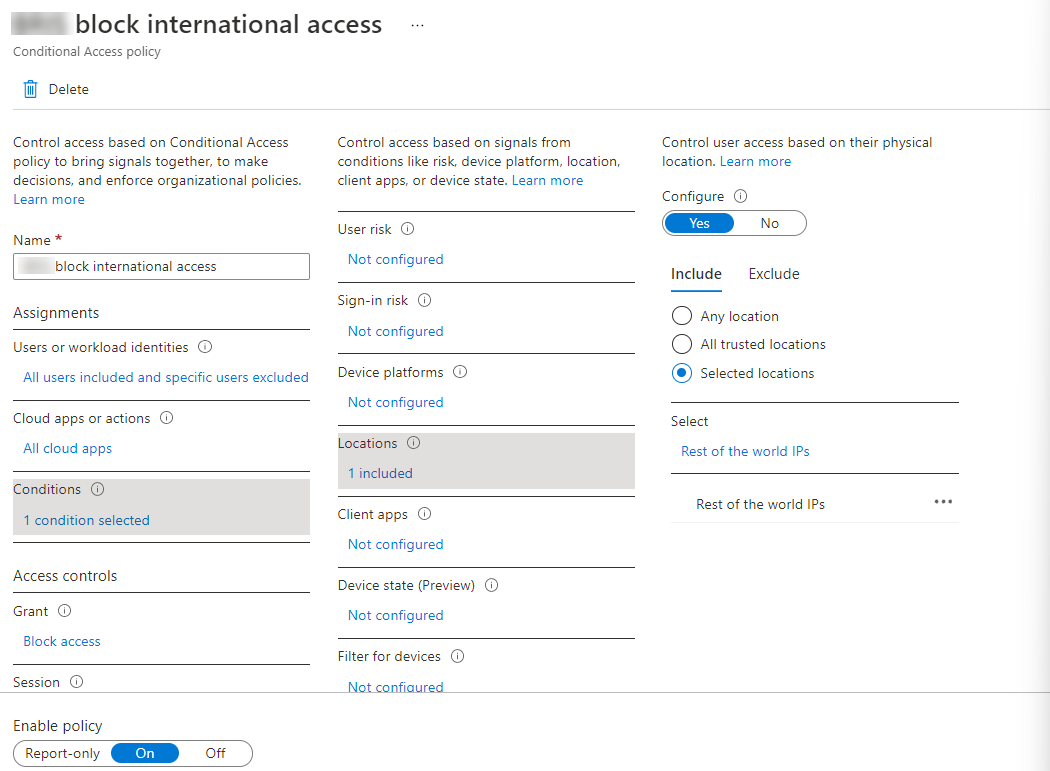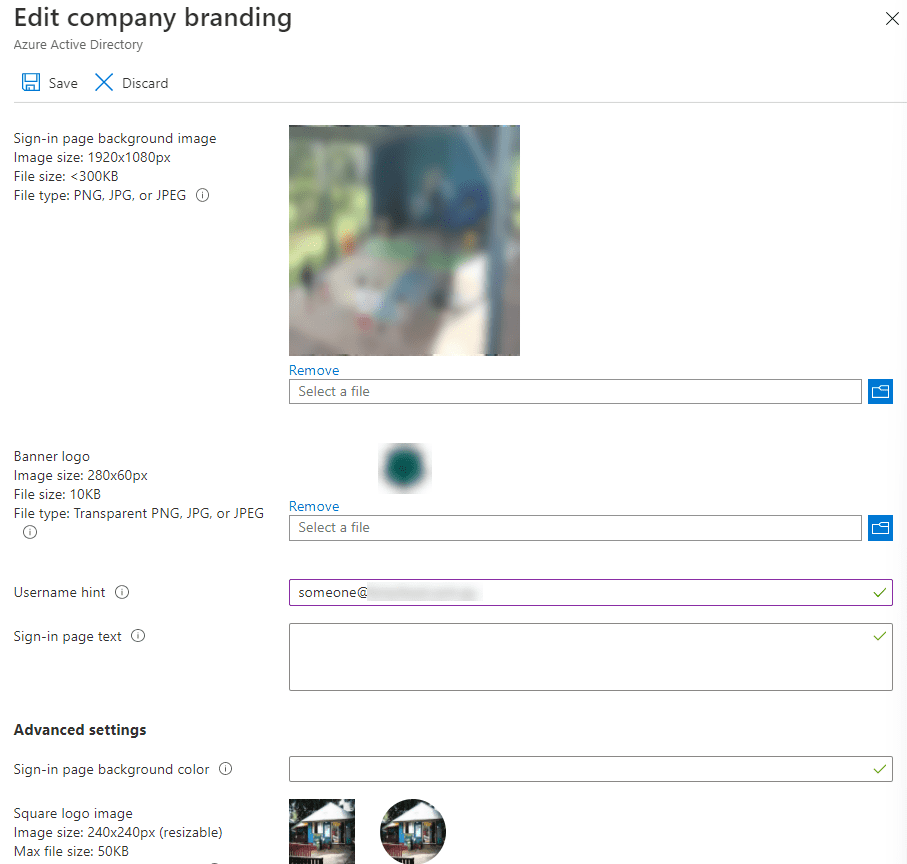2022-09-15
Applicable Models
- HS-251+,S2
- QMiroPlus-201W
- Mustang-F100,Mustang-V100,Mustang-200-i7-1T-32G-R10,Mustang-200-i5-1T-32G-R10,Mustang-200-C-8G-R10,Mustang-200
- QBoat Sunny
- QGD-1600P
- QGD-1602P
- QGD-3014-16PT
- TS-453S Pro,TS-853S Pro
- TS-531P
- TS-216,TS-416
- TS-128A,TS-228A,TS-212P3,TS-130,D1 Rev-B
- TS-231P3,TS-431P3
- TS-231P2,TS-431P2
- TS-831X,TS-531X,TS-431X,TS-431X2,TS-431X3,TS-431KX
- TS-431XU,TS-831XU,TS-1231XU,TS-431XU-RP,TS-831XU-RP,TS-1231XU-RP,TS-431XeU
- TS-932X,TS-832X,TS-332X,TS-532X,TS-932PX,TS-832PX
- TS-432XU-RP,TS-432XU,TS-832XU-RP,TS-832XU,TS-1232XU-RP,TS-1232XU,TS-432PXU,TS-432PXU-RP,TS-832PXU,TS-832PXU-RP,TS-1232PXU,TS-1232PXU-RP
- TS-133,TS-233,TS-433
- TS-1635
- TS-1635AX
- TS-435XeU
- TS-231+,TS-431+,TS-131P,TS-231P,TS-431P,TS-131K,TS-231K,TS-431K,D2,D4,D4 Rev-B
- TS-251,TS-451,TS-651,TS-851,TS-451S,TS-251+,TS-451+,TS-351,D2 Pro Rev-B,D4 Pro Rev-B
- TS-251A,TS-451A,D2 Pro,D4 Pro
- TS-251B
- TS-451DeU,TS-453DU,TS-453DU-RP,TS-853DU-RP,TS-1253DU-RP
- TS-451U
- TS-253 Pro,TS-453 Pro,TS-653 Pro,TS-853 Pro,TS-453mini,IS-453S
- TS-453Bmini,TS-253B,TS-453B,TS-653B,TS-253Be,TS-453Be,TS-453BT3
- TS-853BU,TS-853BU-RP,TS-1253BU,TS-1253BU-RP,TS-453BU,TS-453BU-RP
- HS-453DX,TBS-453DX,TS-251D,TS-253D,TS-653D,TS-453D,TS-451D,TS-453Dmini,TS-451D2
- TBS-453A,TS-253A,TS-453A,TS-653A,TS-853A,D6 Pro,D8 Pro
- TS-453U,TS-853U,TS-1253U,TS-453U-RP,TS-853U-RP,TS-1253U-RP,R4
- TVS-463,TVS-663,TVS-863,TVS-863+,TS-563,TS-963X,TS-963N
- TS-463U,TS-463U-RP,TS-863U,TS-863U-RP,TS-1263U,TS-1263U-RP,TS-463XU,TS-463XU-RP,TS-863XU,TS-863XU-RP,TS-1263XU,TS-1263XU-RP
- TS-564,HS-264,TBS-464,TS-262C,TS-462C,TS-264C,TS-464C,TS-364,TS-464,TS-664
- TS-464U,TS-464U-RP,TS-1264U-RP,TS-464eU,TS-864eU,TS-864eU-RP
- TVS-471,TVS-671,TVS-871,TVS-871T
- TVS-871U-RP,TVS-1271U-RP,TVS-471U-RP,TVS-471U,R8
- TVS-672N,TVS-872N,TVS-872X,TVS-672X,TVS-472X,TVS-472XT,TVS-672XT,TVS-872XT
- TVS-872XU,TVS-872XU-RP,TVS-1272XU-RP,TVS-1672XU-RP,TVS-2472XU-RP,TVS-972XU,TVS-972XU-RP
- TVS-473,TVS-673,TVS-873,TVS-473e,TVS-673e,TVS-873e
- TS-h973AX,TS-473A,TS-673A,TS-873A
- TS-873AU,TS-873AU-RP,TS-1273AU-RP,TS-1673AU-RP,TS-873AeU,TS-873AeU-RP
- TS-873U,TS-1273U,TS-1673U,TS-873U-RP,TS-1273U-RP,TS-1673U-RP
- TVS-675
- TVS-h875U,TVS-h875U-RP,TVS-h1275U-RP,TVS-h1675U-RP
- TS-1277,TS-877,TS-677,TS-1677X
- TS-877XU,TS-877XU-RP,TS-1277XU-RP,TS-1677XU-RP,TS-2477XU-RP,TS-977XU-RP,TS-977XU,TS-h1277XU-RP,TS-h977XU-RP,TS-h1677XU-RP,TS-h2477XU-RP
- TS-EC880 Pro,TS-EC1080 Pro,TVS-EC880,TVS-EC1080,TVS-EC1080+
- TS-EC880U,TS-EC1280U,TS-EC1680U,TS-EC2480U R2,TVS-EC1280U-SAS-RP R2,TVS-EC1580MU-SAS-RP R2,TVS-EC1680U-SAS-RP R2,TVS-EC2480U-SAS-RP R2,TS-EC2480U,TS-EC880U R2,TS-EC1280U R2,TS-EC1680U R2,TVS-EC1280U-SAS-RP,TVS-EC1580MU-SAS-RP,TVS-EC1680U-SAS-RP,TVS-EC2480U-SAS-RP,R12,R16,R24
- TVS-682,TVS-882,TVS-1282,TVS-882BR,TVS-882T,TVS-1282T,TVS-682T,TVS-1282T3,TVS-882BRT3
- TVS-1582TU
- TS-883XU,TS-883XU-RP,TS-1283XU-RP,TS-1683XU-RP,TS-983XU,TS-983XU-RP,TS-2483XU-RP,TS-h1283XU-RP,TS-h2483XU-RP,TS-h1683XU-RP
- TS-1685,TS-h886,TS-h686
- TES-3085U,TES-1885U,TS-1886XU-RP,TS-h1886XU-RP,TS-h1886XU-RP R2
- TS-2888X,TVS-h1688X,TVS-h1288X
- TS-h3088XU-RP
- TDS-16489U
- TS-h2490FU,TS-h1090FU
- TS-328,TS-428,TS-230,D2 Rev-B
- TS-551
- TS-473,TS-673,TS-873
- TVS-951X,TVS-951N
- GM-1000,TNS-h1083X,TNS-h1083X (A Side),TNS-h1083X (B Side)
- TS-i410X, TS-410E
- TS-253E,TS-453E
- TS-h1290FX
- TVS-882ST,TVS-882ST3
- TS-h987XU-RP,TS-h1887XU-RP,TS-h2287XU-RP,TS-h3087XU-RP
- TVS-h474,TVS-h674,TVS-h874
Show less
Important Notes
- Out-of-the-box QTS 5.0.1 automatically installs security updates by default. Nevertheless, if you update the firmware from QTS 5.0.0 to 5.0.1, QTS will keep your existing firmware update settings. We recommend checking your firmware update settings in Control Panel > Firmware Update.
- Removed support for the following developer tools: Node.js v4, Node.js v6, Node.js v8, and Ruby on Rails.
- Removed support for the following apps or tools: Mono, Perl, and AlarmClock. We recommend running these apps or tools using Container Station if needed.
- When a release candidate has proven to be stable enough for public use, we name this release candidate as an official release. You will not be notified again for official firmware update if you have already updated your system to this release candidate.
New Features
Control Panel
- QTS now supports access protection settings for RTRR and Rsync protocols in Control Panel > System > Security.
- Administrators can now enforce 2-step verification on specific users or groups and then check their current verification status. After this enforcement, selected users must complete 2-step verification setup before proceeding to other operations.
- To ensure device security, you can now choose to disable USB ports to block all USB devices or only USB storage devices.
Desktop & Login
- You can now configure the desktop icon size and font size in Desktop > Task Bar > Options >Wallpaper.
File Station
- You can now share a shared folder via a share link.
Network & Virtual Switch
- Network & Virtual Switch now displays MTU (Maximum Transmission Unit) values for network interfaces.
SAMBA
- QTS now supports Microsoft Windows Search Protocol. This allows you to perform quick searches for files and folders in NAS shared folders mounted on Windows 10 via SMB.
Storage&Snapshots
- Storage & Snapshots now displays topology diagrams for SAS JBOD expansion enclosures to help visualize the arrangement of your storage devices.
- To ensure the availability of your data, Storage & Snapshots now supports “Replace & Detach”, which allows you to copy data from a faulty disk to a spare disk and then safely detach the faulty disk.
- You can now use exFAT on ARM-based models without purchasing an exFAT license. Note that we have already added this support for x86-based models in an earlier update.
- Added support for TCG-Enterprise SEDs. Storage & Snapshots can now display SED types.
- Snapshot Replica now supports 2-step verification.
- You can now specify a snapshot deletion policy in Storage & Snapshots > Global Settings.
Enhancement
Control Panel
- Added an option to force users to change their password upon their first login.
- Added the following features in Control Panel to optimize the mechanism and workflow of firmware updates:
- Merged live update settings and auto update settings into a single user interface.
- Enhanced notifications for firmware updates. Users can choose to postpone or cancel updates before the scheduled update time.
- Introduced a new update type: important security updates. We recommend selecting this update type in auto update settings to ensure your device security.
- QTS now displays a warning message in Control Panel > System > Hardware > Hardware Resources when you select a graphics card installed on a PCIe slot that does not support PCIe passthrough.
- When importing users, you can now choose to require imported users to change their password upon their first login.
- Shortened the waiting period for auto firmware updates. QTS now starts an auto update within only one hour from the scheduled time if a new firmware version is available for your device.
- Administrators can now choose to receive notifications upon login if a recommended firmware update is available. (This feature is enabled by default).
- The default UPS policy is now set to “auto-protection mode” after NAS initialization.
- You can now create a one-time power schedule.
- QTS now provides an option in Control Panel to disable the power button. This prevents unexpected shutdown when users press the power button by accident.
- To prevent malicious usernames and to ensure device security, QTS no longer allows usernames that contain the following characters: { } $ and the space character.
File Station
- File Station can now convert Apple iWork files to Microsoft Office formats with CloudConvert API v2.
- Optimized the results of file name sorting for all languages. This helps deliver more consistent sorting results.
- File Station now provides more information for background tasks to help you understand the detail, status, and progress of each task.
- Share links now display file thumbnails and allow you to select and download multiple files at the same time. We have also enhanced the UI design to improve your file sharing experience.
Network & Virtual Switch
- Upgraded jQuery to 3.5.1.
- Improved the information for the system default gateway and NCSI (Network Connectivity Status Indicator) in Network & Virtual Switch to better explain their behaviors.
- The TS-x77XU and TS-x83XU models can now update firmware for their network interface cards via Advanced Network Driver.
PHP System Module
- Upgraded the built-in PHP version to 7.4.20.
SAMABA
- Users can now enable SMB signing for NAS devices that do not join a domain. To enable this setting, go to Control Panel > Network & File Services > Win/Mac/NFS/WebDAV > Microsoft Networking > Advanced Options.
- To prevent malware and ransomware from exploiting SMB v1 vulnerabilities, QTS now automatically sets the lowest SMB version to SMB v2 if your lowest SMB version is SMB v1 before this firmware update.
Storage&Snapshots
- Updated Seagate IronWolf Health Management (IHM) to 2.1.1 to add support for the following drive models: IronWolf 525 SSD 2TB(ZP2000NM30002), IronWolf 525 SSD 1TB(ZP1000NM30002), IronWolf 525 SSD 500GB(ZP500NM30002), IronWolf 16TB(ST16000VN001), IronWolf 14TB(ST14000VN0008), IronWolf Pro 20TB(ST20000NE000), IronWolf 18TB(ST18000VN000), IronWolf 4TB(ST4000VN006).
- Storage & Snapshots now supports zooming in on hardware model drawings to display component details.
- Improved the user interface of Snapshot Replica to further enhance usability and user experience.
- Storage & Snapshots now also displays Snapshot Replica information in Overview > Volume/LUN.
Fixed Issues
- Fixed an issue where user storage quota would be reset to the default value after users restarted the NAS.
Known Issues
- QTS and QuTS hero with newer kernel versions do not support ATTO Fibre Channel adapters. If you have already installed an ATTO Fibre Channel adapter on your device, we do not recommend updating the firmware to QTS 5.0.1 or QuTS hero h5.0.1 for the time being.
- Thunderbolt connection between the NAS and Mac sometimes cannot automatically resume after users restart the NAS.
- Users cannot connect to the destination NAS of a Snapshot Replica job if their usernames contain a space.
- After waking up from sleep, the TS-x51 and TS-x53 models cannot detect external drives that do not support sleep mode.
- Network connection issues may occur when users add both 10 GbE ports of the QXG-10G2SF-CX4 network expansion card to a virtual switch.
- Users sometimes cannot switch between different FEC (Forward Error Correction) modes for the QXG-25G2SF-CX6LX network expansion card.
- On some earlier NAS models with ARM processors, heavy I/O operations may cause network connection issues for the QNA-UC5G1T USB-to-Ethernet adapter.
Other Changes
App Center
- In App Center, the option “Allow installation of applications without a valid digital signature” is now disabled by default after firmware update.
Control Panel
- Removed certain device information from the login screen to enhance device security.
- To ensure device security, the “admin” account cannot use the default password (the MAC address of the first network adapter) when changing the password.
Desktop & Login
- Instead of using the generic alias “appuser”, QuLog Center and Desktop Dashboard now display actual usernames when users access system resources and services via a client app.
- To enhance device security, the system now asks the “admin” user to change the password when the user logs in with the default password (the MAC address of the first network adapter).
License
- You no longer need a license to operate QuTScloud installed in Virtualization Station. Note that License Center 1.7.5 (or later) is required for this change.
Storage&Snapshots
- For a more intuitive workflow, Storage & Snapshots now shows various options (such as “Remove” and “Expand”) on the “Action” menu in Pool/Volume Management.
- Storage & Snapshots now provides clearer information for the results of IronWolf Health Management (IHM) tests. This allows you to easily check the health of your IronWolf drives.
- You can now quickly identify and repair volumes that may have potential issues after a power outage or an abnormal shutdown. In Storage & Snapshots > Overview, we now add a link that allows you to perform a file system check on such volumes.
- VJBOD currently does not support encrypted LUNs.
- Adjusted some settings in the Volume Creation Wizard to enhance user experience. Thin volume is now the default volume type for volume creation.
Source :
https://www.qnap.com/it-it/release-notes/qts/5.0.1.2145/20220903?ref=nas_product
